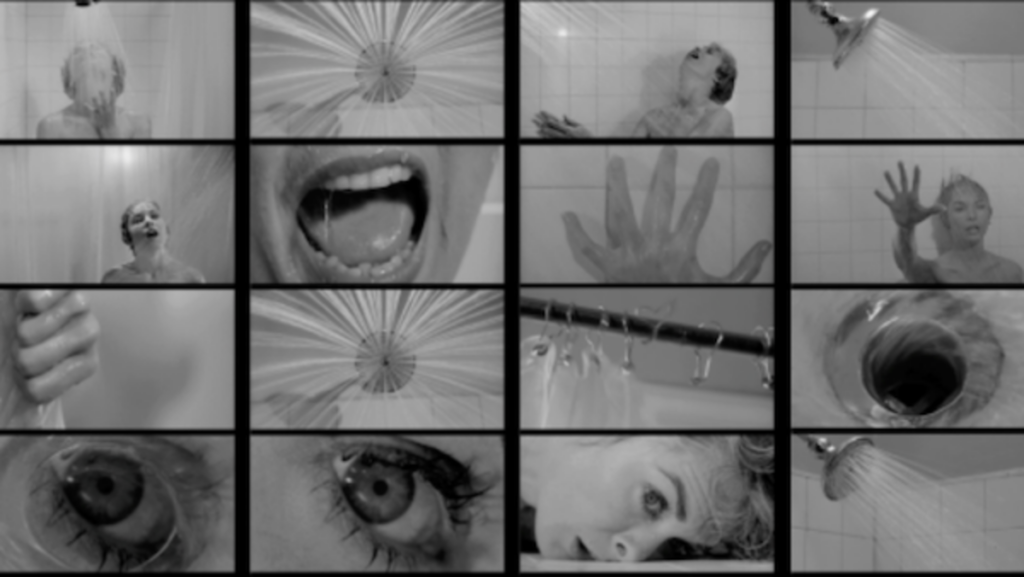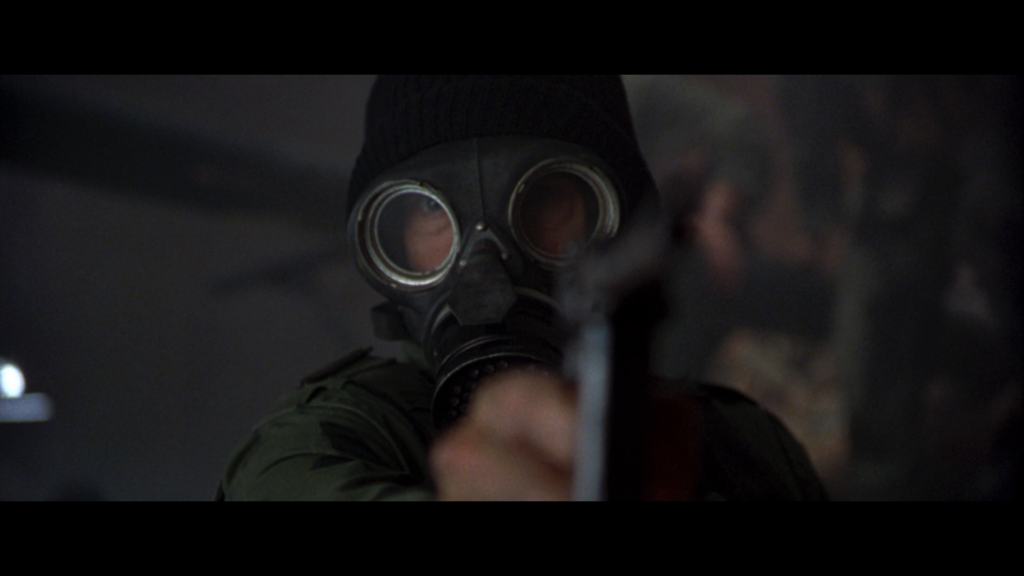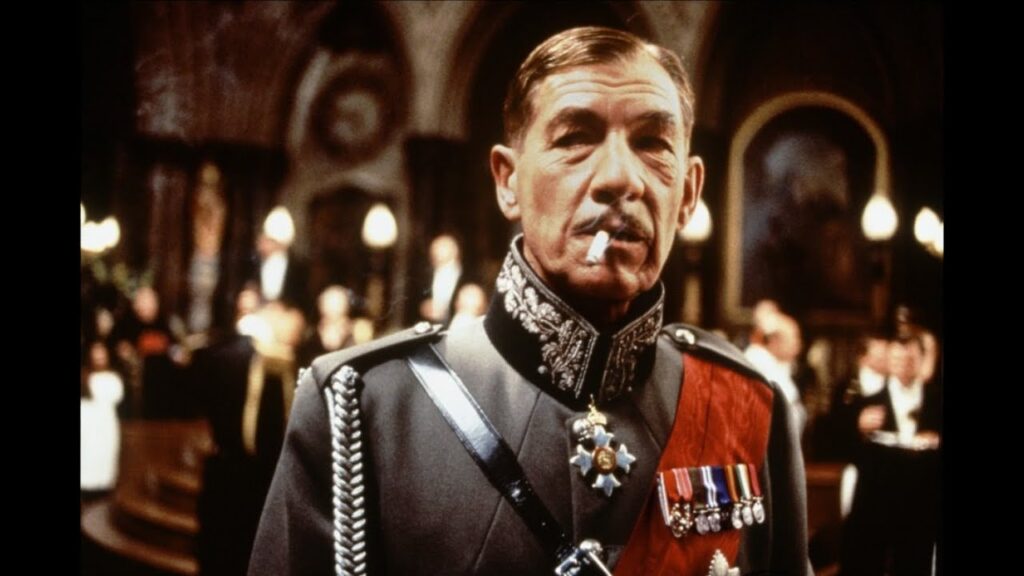Definition
Formalism, a filmmaking approach advocated by Sergei Eisenstein in the Soviet Union in the 1920s, is now a classic Hollywood style that gives meanings to the dramatic action through film techniques.
Formalism treats film as an expressive artistic medium rather than a “documentary” medium. Formalism brings together key filmic techniques, such as camera work, editing (such as montage), soundtrack, and lighting, to give emotions and meanings to the shots.
In summary, formalism creates shots that are often subjective from the characters or the camera’s perspective. As a result, formalist shots often incorporate movement to enhance their entertainment value. Music and sound effects are often nondiegetic—sounds that are external to the context of the narrative and not heard by the characters. Editing, in post-production, emphasizes the plot lines and emotional connections between scenes rather than continuity.
See the section on Realism to enhance your understanding of both Formalism and Realism.
Examples
The French magician and cinema pioneer Georges Méliès (1861–1938) is well known for using film as an expressive, rather than documentary, medium. He uses the mise en scène to construct fantasies on screen. Méliès’ formalism, producing artistically arrange scenes and fantastic pictures, is diametrically opposed to the Lumière Brother’s realism (see the section on Realism).
The famous murder scene in the shower in Alfred Hitchcock’s Psycho (1960) uses formalism to anticipate and convey the horror. The story is not told in a linear style in real time. Film audiences see a knife flashing at various angles towards Marion Crane (played by Janet Leigh).

A series of shots and rapid cuts juxtaposes the knife and Marion in different moments. Without privileging any one single perspective, this formalist montage produces tension and horror.
Similarly, formalist strategies are employed in Richard Loncraine’s Richard III (1995) to show the many faces of the film’s titular character. The adaptation transposes Shakespeare’s imagination of medieval history to 1930s England. In the opening sequence, Ian McKellen’s Richard III leads a raid on Prince Edward’s wartime residence. A tank bursts through a wall of books and enters Edward’s drawing room. Emerging through the flames and smoke, Richard, donning full battle gear and a gas mask, checks to see Edward is dead and proceeds to murder King Henry execution style with his pistol. The civil war is now over.

This dramatic entrance establishes the character of Richard III without even revealing his face. This scene transitions seamlessly to the “Victory Ball” scene of celebration, aided by light, Jazz music.
Members of the royal family seem carefree, smiling, and pleased. No one could sense Richard’s discontent. His brother is now King Edward IV.

Richard moves through the celebrating crowd to take over the microphone on stage and to deliver his “Now is the winter of our discontent” speech. Richard has ditched his gas mask for a broad smile on his face, and changed out of his battle fatigues into a ceremonial full-dress uniform decorated with medals and a red ribbon. The uniform is in field grey that is reminiscent of Nazi uniforms.
It is unclear how much time has passed since the war scene, but the film editors use formalist techniques to fuse together these two key moments in the early days of Richard’s rise to power.
The visual and audio contrast between the opening sequence and the ballroom scene paints a full picture of the duality of Richard as a character.
Some films employ both formalism and realism. Michael Radford’s The Merchant of Venice (2004), starring Al Pacino, employs realism in its opening sequence, but shifts to formalism later to depict religious tensions.
Please refer to the section on REALISM to explore how realism is used in the opening scene.
The camera here is no longer a distanced, emotionally detached observer. This scene is characterized by tight framings, frequent cuts between shots of a character’s face and reaction shots of another character’s face. Contrasts between high-key and low-key lighting, along with a swelling soundtrack, further enhance dramatic intensity.
Shylock and the tormented Christian, Antonio, are set apart through lighting and symbolic spaces each of them occupies, with Shylock in the darkness and Antonio in the light.
The knife in Shylock’s hand is the center of cinematic attention here. The knife is featured in extreme close-ups, with the background out of focus. The knife here becomes a synecdoche—a figure of speech in which a part is made to represent the whole. The knife as a motif visually condenses and symbolizes “evil,” essentializing Shylock as a source of trouble.
Exercise
Here is a short video comparing and contrasting formalism and realism.
Your Turn: Reflect on a film that employs formalism and pay special attention to its camera work (lengths and dynamism of shots, camera angles, framing), lighting and composition, uses and construction of locations (whether on site or on a soundstage in a studio), music and soundtrack, and editing (such as montage and cuts).
Further Reading
- Braudy, Leo and Marshall Cohen, eds., Film Theory and Criticism: Introductory Readings, 8th edition. Oxford University Press, 2016.
